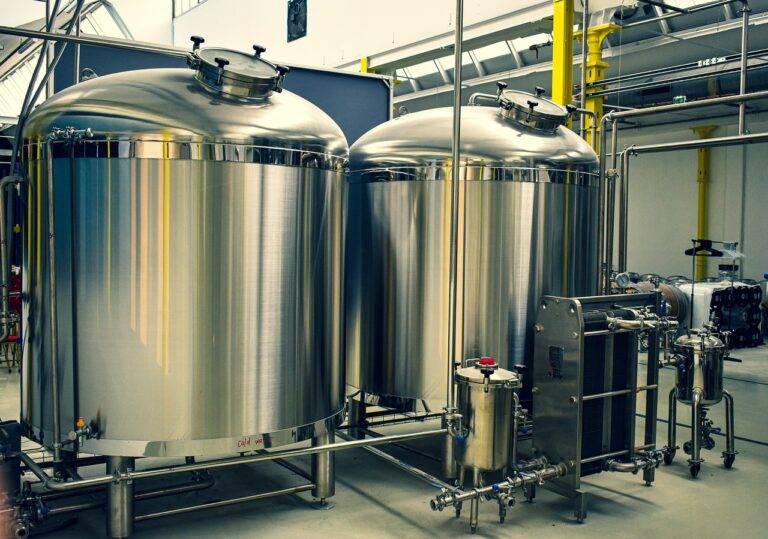Exploring the Applications of AI in Wildlife Conservation Habitat Modeling
Artificial Intelligence (AI) refers to the simulation of human intelligence processes by machines, such as learning, reasoning, and self-correction. In wildlife conservation habitat modeling, AI algorithms analyze vast amounts of ecological data to predict habitat suitability for different species. By identifying patterns and relationships within the data, AI can generate more accurate and detailed habitat maps compared to traditional modeling techniques.
AI is used in wildlife conservation habitat modeling to assess the impact of environmental changes on biodiversity and to help develop effective conservation strategies. Through machine learning algorithms, AI can predict how habitats may change over time and the potential consequences for wildlife populations. By providing conservationists with valuable insights and predictions, AI plays a crucial role in guiding conservation efforts and ensuring the long-term survival of endangered species.
Benefits of using AI in wildlife conservation habitat modeling
AI has revolutionized the field of wildlife conservation by providing advanced tools for habitat modeling. One major benefit is the ability to process vast amounts of data quickly and accurately, allowing researchers to analyze complex ecological patterns with greater efficiency. This enables more precise identification of critical habitats and planning conservation strategies to protect endangered species.
Furthermore, AI algorithms can recognize subtle relationships within data that may not be apparent to human researchers, leading to more comprehensive and nuanced habitat models. By incorporating machine learning techniques, conservationists can obtain valuable insights into the behavior and distribution of wildlife species, aiding in the development of targeted conservation measures. Ultimately, the use of AI in habitat modeling enhances the adaptive management of ecosystems and contributes to more effective conservation efforts.
Challenges and limitations of AI in wildlife conservation habitat modeling
One challenge faced in the application of AI in wildlife conservation habitat modeling is the need for large amounts of high-quality data. AI algorithms require diverse and comprehensive datasets to effectively learn and make accurate predictions. Obtaining such data can be a time-consuming and resource-intensive process, especially when dealing with rare or endangered species in remote locations.
Additionally, the interpretability of AI models poses a limitation in wildlife conservation habitat modeling. While AI algorithms can generate complex and accurate predictions, the inner workings of these models are often seen as “black boxes.” Understanding how AI arrives at its conclusions is crucial for gaining trust from conservation practitioners and stakeholders. Without transparency in the decision-making process of AI models, there may be hesitancy in fully embracing their results and recommendations.
What is AI and how is it used in wildlife conservation habitat modeling?
AI stands for artificial intelligence, which refers to the simulation of human intelligence processes by machines. In wildlife conservation habitat modeling, AI is used to analyze large amounts of data and predict suitable habitats for different species.
What are the benefits of using AI in wildlife conservation habitat modeling?
Some benefits of using AI in wildlife conservation habitat modeling include its ability to process large datasets quickly, identify patterns that may not be apparent to human researchers, and improve the accuracy of habitat predictions.
What are some challenges and limitations of AI in wildlife conservation habitat modeling?
Some challenges and limitations of AI in wildlife conservation habitat modeling include the need for high-quality data to train AI models, the potential for biased results if the data used is not representative, and the complexity of interpreting AI-generated habitat predictions.





